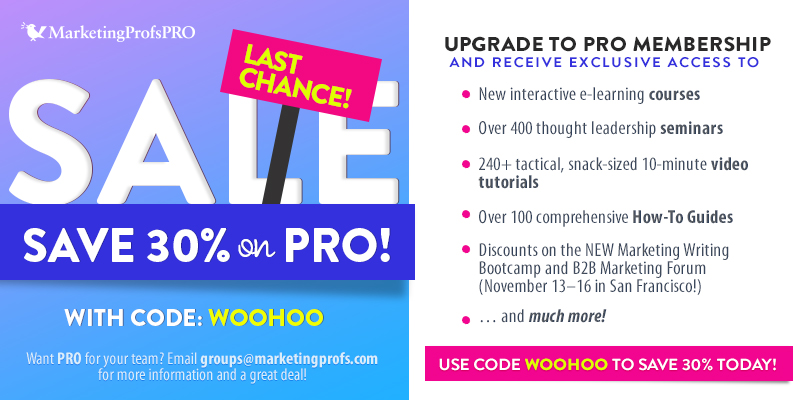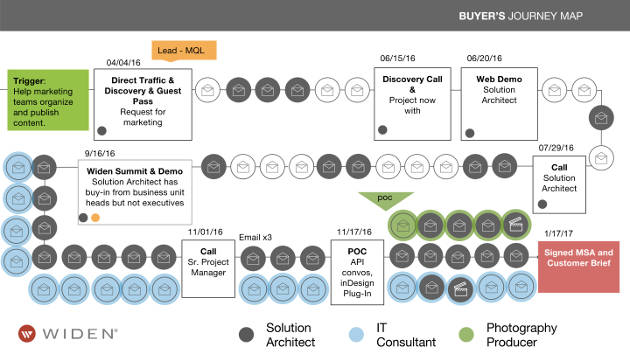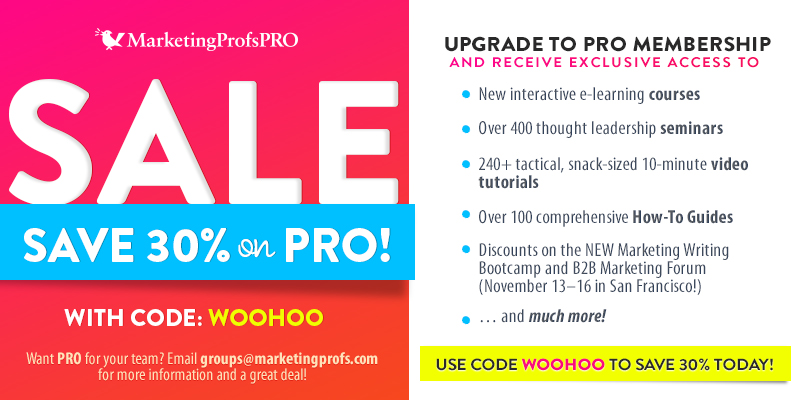What's the "right" direction when you're lost on an island? My team at Widen recently explored our jungle island of content data—safely from Madison, Wisconsin—to find a right direction. Third, because the content was static and directed toward marketers, the buyers who are IT folks had to search or ask for technical content if they wanted it. After categorizing the content by journey stage, add your engagement data. Those patterns inform the content strategy you'll create in the next step. Personas will help you find a right direction for the new content you'll use. From that information, we created a content strategy for each persona. The template is divided by stage in the buying journey and looks like this: Our content audit has answered who the buyers are and what questions content should answer throughout the buying experience. The audit prepared us to (re)create email nurturing campaigns for each persona and start them wherever the buyer stands in the journey. Rescue yourself If your content strategy feels lost, use a similar content audit to find a right direction (there's never just one).


Let’s pretend your marketing team survived a plane crash and washed ashore on the warm sand of a Pacific island. You have no map, compass, or GPS. You’re not sure where to find fresh water, kindling, or shelter. As you trudge uphill into the jungle interior, one of your companions asks, “Are you sure we’re going the right way?”
How would you know?! What’s the “right” direction when you’re lost on an island?
The situation reminds you of all the content your team was cranking out before your fateful trip. The content read well. It looked sharp. Sometimes it racked up LinkedIn likes…
But was the content heading in the right direction? How would you know?
My team at Widen recently explored our jungle island of content data—safely from Madison, Wisconsin—to find a right direction. When visitors enter an email address to download content from our website, that action kicks off a multiweek email nurture campaign with one email per week. But, like many B2B tech marketers, we support a long sales cycle, and knew we could do better with our nurture campaign. So my teammates Nina Brakel-Schutt and Nate Holmes led a content audit.
Initially, we wanted to see what our data says—as if 0s and 1s would tell us where to go. But there’s way too much data to review! And its interpretation is only as good as our questions.
We devised a new content auditing approach using data from CRM, marketing automation, and digital asset management (DAM) tools. Other stacks would work too. That content audit saved our content and email marketing strategy from perishing on a desert island—and it might save yours, too.
1. Form your question
Form a question that challenges your most entrenched assumptions. For example, B2B marketers take pride in understanding and serving their buyers. No marketer brags, “We have no idea who’s buying our stuff and why!” Lead with a question such as, “Who are our buyers and what content would answer their questions throughout the buying experience?”
Start the inquiry by mapping the journey of the last 10 customers you signed. Here’s what one of our maps looked like:

- First, the buying cycle was longer and more unpredictable than we had thought. We had content queued up for 12 weeks, but the journey lasted nine months.
- Second, different buyers jumped in at one month, six months, and eight months, so we couldn’t have delivered the right content at the right time. The photography producer would have received content on the basics of DAM just before signing the contract.
- Third, because the content was static and directed toward marketers, the buyers who are IT folks had to search or ask for technical content if they wanted it.
Across prospective buyers, the open rates on this email campaign declined by one-third between the first and twelfth week. That held true even after we improved performance with new creative and messaging (reflected in the blue trendline):

2. Uncover your content
The next step is to uncover what content you use and how it performs. For a given campaign, paste the names of each piece of content (with hyperlinks) in a spreadsheet in chronological order. Then, categorize each piece…

COMMENTS